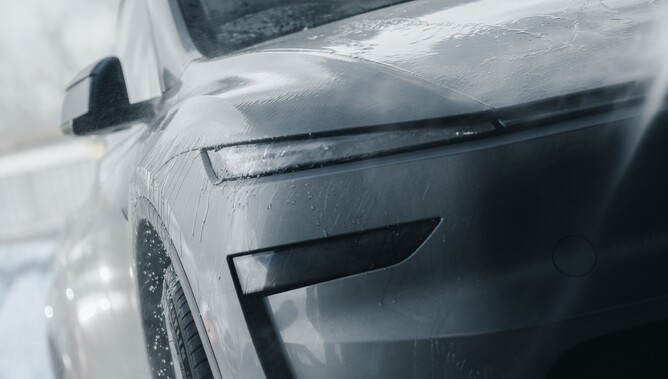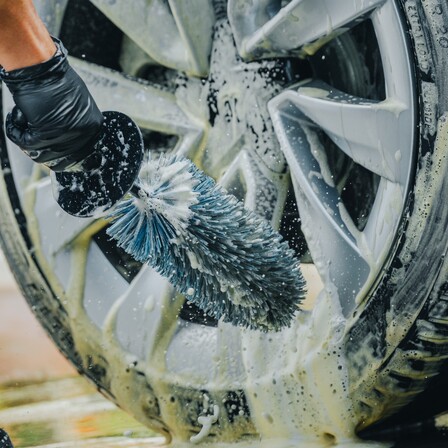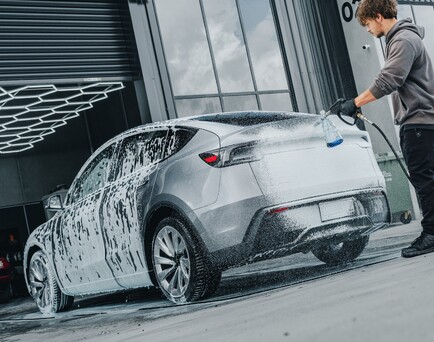Ceramic and graphene coatings and paint protection film (PPF) give your vehicle a serious edge: richer gloss, easier cleaning, UV and chemical resistance, and protection against marring and road rash. But even the best protection needs the right aftercare. With a smart, repeatable routine, you’ll keep that slick finish working at its best, reduce the chance of wash-induced swirls, and extend the life of your coating or film. At Mat’s Detailing in Hamilton, we coach clients through the “how” of caring for their freshly protected car, bike, RV, or boat so the results last.
The first 7–14 days after application
Fresh coatings continue to cure and crosslink for days; PPF adhesives also stabilise over this period. During this window, avoid aggressive washing, automated car washes, or heavy chemicals. If the vehicle gets dusty or takes a few bugs on the chin, use a gentle rinse and a dedicated coating-safe drying aid rather than scrubbing. This minimises the risk of disrupting cure or marking the surface.
Your core wash routine
Think of washing as gentle dust/film removal rather than “scrub it clean.” Start with a touchless pre-wash to remove as much grit as possible before you ever touch paint.
Begin with a thorough rinse, working top-down to float off loose dirt. A pH-neutral shampoo mixed to the correct ratio creates slickness so your mitt glides rather than drags. Use a clean microfibre wash mitt and work in straight-line motions, rinsing the mitt often. Wheels, tyres, and lower trims collect the heaviest contamination; tackle them with dedicated brushes and towels so brake dust and road grime never meet your paint. After the contact wash, rinse again and sheet water off with a gentle flow—coated and filmed surfaces release water readily, which speeds drying and reduces towel time.
Drying is where many finishes are accidentally marred. Blot rather than wipe on sensitive areas, and if possible, use filtered warm air to chase water out of mirrors, emblems, and trim. A light, coating-safe drying aid can add slickness and reduce friction further.
Safe products & what to avoid
Coatings and PPF are durable, not invincible. pH-neutral shampoos are your everyday heroes. For bug splatter or road film after a long run, choose a dedicated, coating-friendly cleaner designed to loosen organic residues without harsh solvents. Decon chemicals (iron removers, tar removers) should be used sparingly and only when needed; they’re excellent tools, but frequent heavy-chemical use is unnecessary on protected surfaces.
Avoid abrasive polishes, kitchen detergents, or “wash & wax” shampoos loaded with fillers or silicones that can mute hydrophobics. With PPF, skip anything gritty; matte or satin films need products that won’t add gloss or streaks. If in doubt, ask us—we’ll recommend products that play perfectly with Fireball ceramic & graphene coatings and modern films.
Drying without damage
Water spots are minerals, not just “marks.” To beat them, don’t wash in direct sun or on hot panels. Rinse thoroughly and dry promptly using plush microfibre towels that are free from fabric softeners. If your local water is hard, a final rinse with filtered or deionised water is a superb upgrade. Where possible, use a blower to move water off horizontal surfaces and out of crevices; less towel contact equals fewer chances to micro-mar the finish.
Quick wins for busy weeks
Not every week allows a full wash. A high-quality, coating-safe rinseless wash is brilliant for lightly dusty cars, apartments, or water restrictions. Mixed correctly and paired with multiple clean towels, it safely lifts light grime and leaves protection intact. For bug-prone summer evenings, keep a gentle bug remover and soft dedicated towel in the garage—spot-treat fresh splatter the same day and it won’t etch.
Decontamination & “top-ups”
Protected vehicles still gather bonded contaminants over time—rail dust, tar, or sap. A quarterly or half-yearly decon wash clears the pores so hydrophobics spring back. We can also apply compatible toppers that refresh slickness and water behaviour without building up waxy layers. Think of these like servicing your protection system: small, scheduled tune-ups that keep performance high.
Caring for PPF specifically
Film brings rock-chip resilience and self-healing for fine marks. It loves the same gentle shampoos and touchless pre-washes as coatings, but avoid abrasive polishes or cutting compounds on the film itself. Most glossy films can be coated for added slickness and stain resistance; matte/satin films should use matte-safe products to preserve their look. If you see edges gathering dirt, don’t pick—flush with gentle cleaner and soft brushes, and we’ll re-edge and re-seal if needed.
Interior, glass & wheels
A clean exterior is half the story. Use dedicated glass cleaners that won’t smear on coated windscreens; a water-repellent glass treatment can make wet-weather driving calmer. Wheels respond beautifully to mild cleaners once they’re coated: brake dust releases with a soft brush and rinse. Inside, gentle APCs (all-purpose cleaners) and fabric-safe protectants keep high-touch areas looking new without shine or slipperiness.
When to call us
If something stubborn won’t budge—paint transfer, tar blooms, or water-spot etching—pause. The right technique will solve it without compromising your protection. We’re happy to assess, treat the spot safely, and advise on preventing repeats. We also offer scheduled maintenance plans for clients who want that always-fresh finish with minimal effort.
FAQs
How soon after coating or PPF can I wash my car?
We recommend avoiding contact washes for 7 days. If it gets dirty, a gentle rinse and careful drying is fine during the cure period.
Do I still need to polish a coated car
Generally no. Coatings reduce the need for polishing. If you accumulate micro-marring over years, we can perform a very light refinement and re-top or re-coat as needed.
Can I use a water blaster?
Yes—at a sensible distance and angle. Keep the nozzle moving and avoid directing high-pressure water at PPF edges or badges.
What about automatic car washes?
Brush tunnels are a hard no. Touchless bays are safer but can be alkaline; occasional use is okay, but follow with a proper hand wash to keep hydrophobics lively.
How often should I decontaminate (iron/tar removal)?
Every 3–6 months depending on mileage and storage. Protected cars need less aggressive chemistry less often—use only when you notice bonded contaminants.
Will a spray “topper” replace my ceramic coating?
No—toppers enhance slickness and water behaviour but aren’t a substitute for the underlying hard coating. Think refresh, not replace.
What’s different for matte paint or matte PPF?
Use matte-safe cleaners and protectants that won’t add gloss. We stock products designed for matte finishes and can coat matte surfaces without changing their sheen.
Keep your finish working harder, for longer
If we’ve recently coated or filmed your vehicle—or you’re planning to—let us set you up with the right aftercare kit and a maintenance schedule that suits your driving. We can tailor plans for cars, motorbikes, RVs and marine.
Mat’s Detailing — Precision protection in Hamilton & Waikato
Call: 027 352 6667
Email: matsdetail@gmail.com
Visit: 2/142 Riverlea Road, Riverlea, Hamilton 3216
Hours: Mon–Fri, 9am–5pm • Mobile service available across Hamilton, Cambridge, Te Awamutu & Waikato





